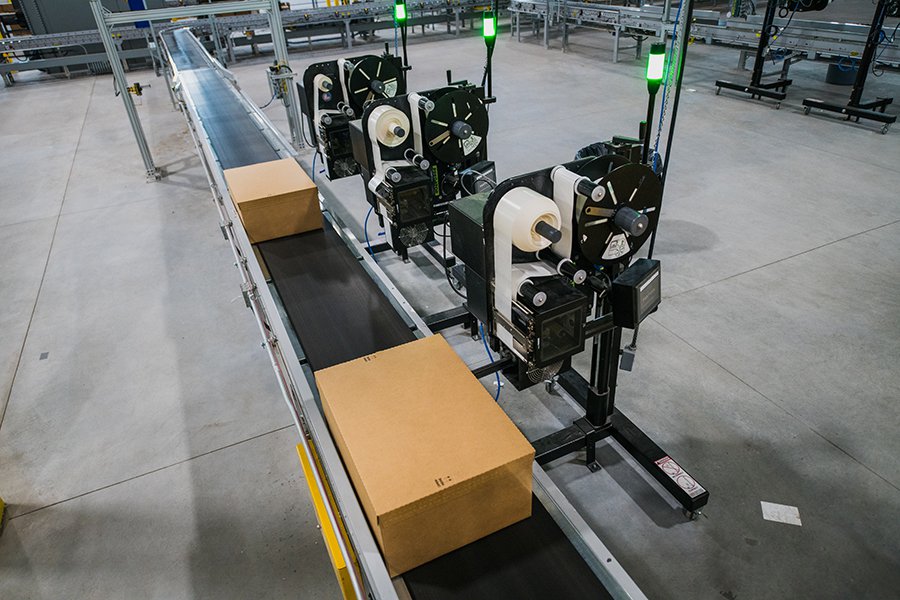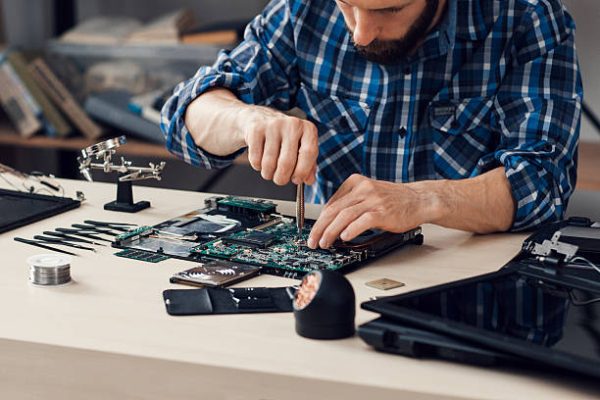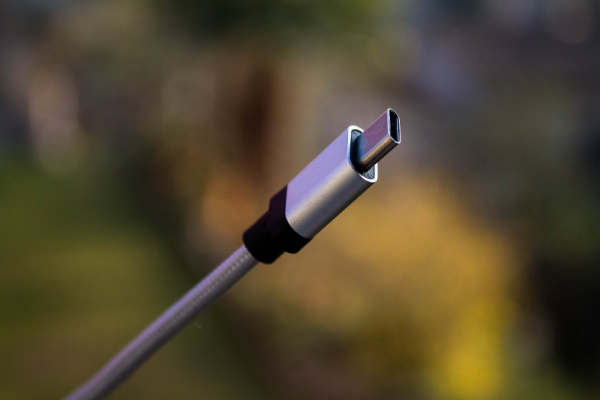Automatically applying pressure sensitive labels to a product or container maximises the speed and accuracy of your production line process. To achieve this high level of efficiency and accuracy, you’ll need to invest in heavy-duty label machines that operate seamlessly.
The Basic Types of Label Applicators
There are two basic types of applications that are suitable for a wide range of operational needs.
Apply-only labellers directly affix pre-printed, self-adhesive labels to a product or package. As their name suggests, print and apply label machines print the labels and then apply them directly.
Both semi and fully automatic labelling systems apply labels automatically:
Semi-automatic machines are loaded externally, most commonly by hand. These machines are generally compact in size, and are ideal for small-scale production operations.
Heavy-duty, fully automatic labellers require no human input and utilise a conveyor belt to load. The machines position the product container before the label is applied. Some automatic label machines can also apply multiple labels while repositioning the product or container. They can also be configured to accommodate a range of products in a variety of sizes and shapes.
Both automated systems feature an applicator that positions the label onto the product or package. Due to the vast range of labelling requirements, there are several types of label applications available to fit your business needs. Unfortunately, there is no one size fits all labelling solution.
Labelling Methods
Different types of products require variable print and apply label application methods and techniques.
Blow-on application uses a controlled blast of air to attach the label to the product. This method is ideal for high application rates.
The contactless tamp-blow method relies on a vacuum that sucks and holds the printed label under the tamp pad, until it’s ready to be accurately and precisely applied to the product.
If surfaces that are rugged or textured, the press-on tamp method is required for optimal results.
The wipe-on method uses a brush or wipe assembly to apply pressure sensitive labels to product with irregular shape or an uneven surface. The labels can be printed in the process.
Direct thermal or thermal transfer is used to meet the speed and operating requirements of a labelling system. Direct thermal uses a source of heat to change the colour of thermal paper. Due to thermal paper fading and blackening with age, it’s recommended for short-term labelling only. Thermal transfer uses heat to melt ink onto the label, creating a permanent mark that won’t fade with age.
Easy to use Label Machines
Although print-apply systems are complex machines, they are able to coordinate numerous operations. They can print different label types, dispense the labels onto an applicator, and directly apply at the appropriate moment. Spacing and orientation is not a problem.
Many systems require minimal human input to get the printer-applicator working, or to make minor changes to the configuration. The easy to use labelling systems are typically supplied with troubleshooting information that allows you to diagnose a problem without the need for a service call or disruption in the production process.
Efficient and fast, right or left-hand application variant label machines may be customised to any application. They can also be configured with a variety of label applicators.





